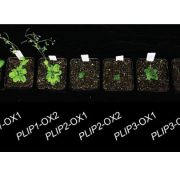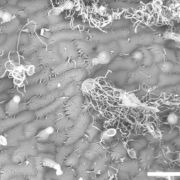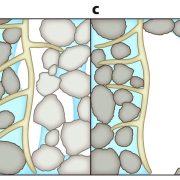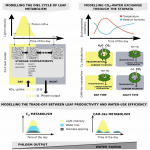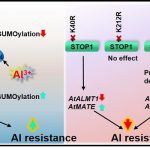Review: Integration of reactive oxygen species and hormone signaling during abiotic stress (Plant J.)
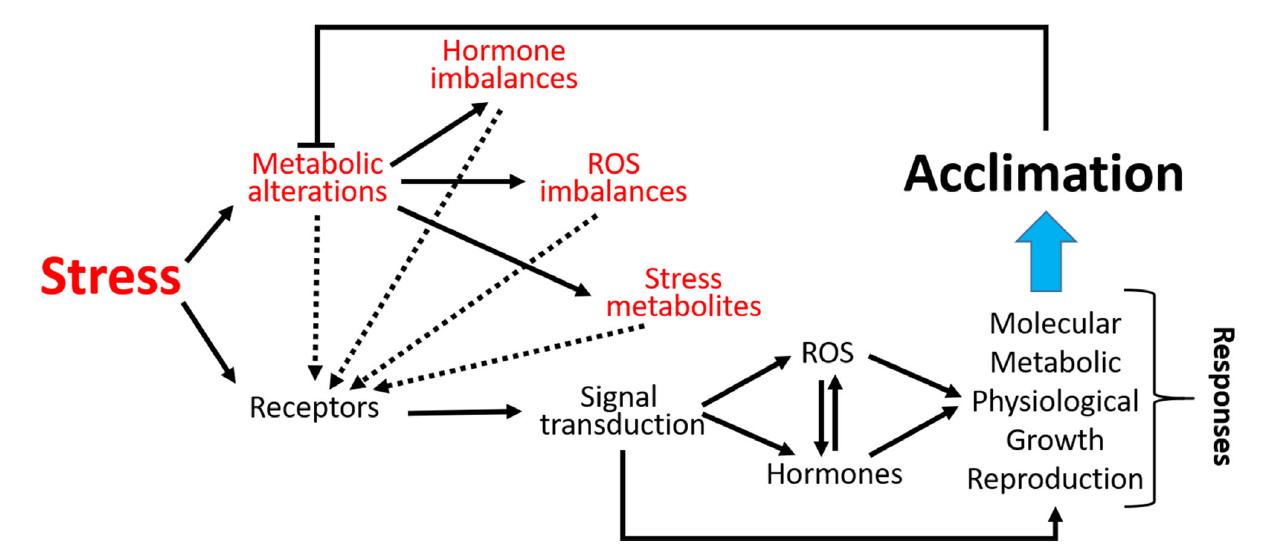
During its life cycle, a plant experiences many types of abiotic stress including drought. While waiting for the next drops of water, a thirsty plant acclimates by initiating a series of tolerance responses. Stress perception is followed by stress-induced signaling which can include reactive oxygen species (ROS) production, phytohormone activation, gene expression regulation, and kinase/phosphatase signaling pathways. In their review, Devireddy et al. outline the extensive cellular and molecular mechanisms of ROS interaction with phytohormones in response to drought, heat, cold, and salinity. ROS integrates with upstream or downstream of phytohormone signaling pathways individually or mediates crosstalk between the phytohormones in an antagonistic or synergistic manner. The ROS-mediated stress responses range from cellular redox homeostasis to stomatal opening/closing and shoot and root growth. When a plant faces a combination of abiotic stresses, it is potentially the level of ROS that determines which stress response wins over the others. These responses are complex: they act at cellular, tissue, and organ levels and recruit multiple stress response networks, all maintain the growth and development until the next drop of water arrives or the next cooling breeze passes by. (Summary by Roxana Khoshravesh @RoxiKh) Plant J. 10.1111/tpj.15010


